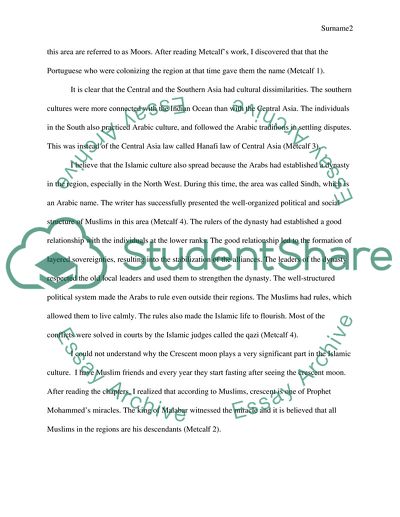Cite this document
(“Analysis of Islam in South Asia in Practice by Barbara D. Metcalf Book Report/Review”, n.d.)
Analysis of Islam in South Asia in Practice by Barbara D. Metcalf Book Report/Review. Retrieved from https://studentshare.org/religion-and-theology/1779207-personal-response
Analysis of Islam in South Asia in Practice by Barbara D. Metcalf Book Report/Review. Retrieved from https://studentshare.org/religion-and-theology/1779207-personal-response
(Analysis of Islam in South Asia in Practice by Barbara D. Metcalf Book Report/Review)
Analysis of Islam in South Asia in Practice by Barbara D. Metcalf Book Report/Review. https://studentshare.org/religion-and-theology/1779207-personal-response.
Analysis of Islam in South Asia in Practice by Barbara D. Metcalf Book Report/Review. https://studentshare.org/religion-and-theology/1779207-personal-response.
“Analysis of Islam in South Asia in Practice by Barbara D. Metcalf Book Report/Review”, n.d. https://studentshare.org/religion-and-theology/1779207-personal-response.


